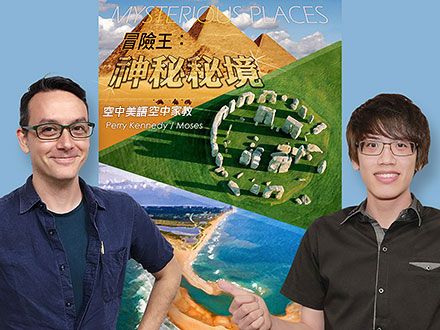從馬鈴薯的角度看世界
馬鈴薯最開始是印加帝國重要的主食,因為他們可以生長在相當寒冷的區域,如安地斯山脈,這意味著當玉蜀黍作物歉收時,人們能夠倚仗馬鈴薯當作食物。
馬鈴薯含有大量維生素 C 與維生素 B6,但其中沒有太多的蛋白質及脂肪,又可以使人們有飽足感。加上他們相較其他作物更容易種植,可以在各種氣候下適應良好,所以馬鈴薯也隨著社會發展,陸續被帶到世界各地。
現在中國及印度是全世界最大的馬鈴薯生產國。在北美,馬鈴薯也再次以作為糧食作物的優勢受到歡迎,並幫助刺激人口增長。
The Potato's Tale
My name is Toby, and I'm a potato. People know me by a lot of different names; I get called spud, tater, earth apple, and even Solanum tuberosum by fancy folks with too much education. I consider myself pretty common and humble, but my family and I have seen a lot. Our story begins thousands of years ago, and since then, we've changed the world.
It all started in the Andes Mountains in ancient Peru. It's estimated that people there have been growing my ancestors for around 10,000 years. There's no doubt that they were a major staple for the Inca Empire. Potatoes are pretty tough, and we can grow in fairly chilly areas, such as the Andes, which meant people could rely on my forebears as food when the maize crop failed. This helped the Inca Empire grow, but we potatoes were just getting started.
When the Spanish showed up in the 16th century, they liked the look of my family, so they brought them back to Europe. At first, the Europeans didn't want to consume them at all. This makes sense, since our leaves are toxic, as is our skin if it's exposed to light. They used my relatives to decorate their gardens instead, but it wasn't long before they recognized their virtues as a food.
Let me just take a moment to explain our nutritional value. Potatoes contain plenty of vitamin C and vitamin B6, though some of this disappears when we're cooked. There's not a lot of protein in us, but there's almost no fat, and we're great at satisfying hunger. What makes us so appealing as a food crop is that we're relatively easy to grow and can adapt well to a variety of climates. Once the Europeans realized this, my predecessors were ready for the big time.



